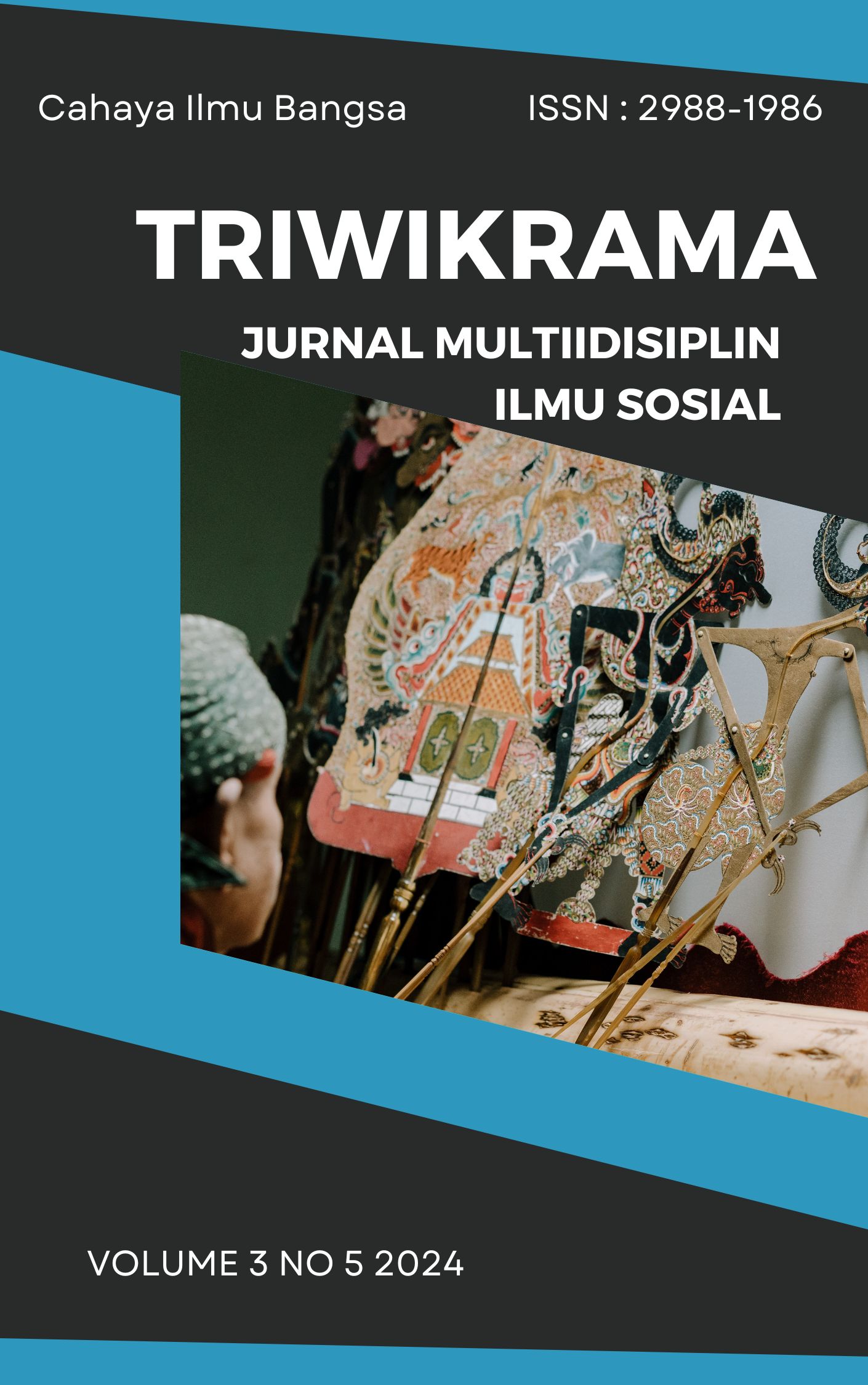Antara Sekutu dan Strategi: Korea Selatan dalam Rivalitas AS–Tiongkok
DOI:
https://doi.org/10.9963/223epe82Keywords:
South Korea; United Stated; China; StrategyAbstract
This article focuses on South Korea's position amid fierce rivalry between the United States and China. The purpose of this study is to analyze how South Korea adapts and responds to the dynamics of strategic rivalry between the United States and China in East Asia. This article will explain the security alliance between South Korea and the United States. In addition, the dynamics between China and South Korea will also be discussed in this article, particularly how South Korea responds to pressure and coercive actions taken by China against South Korea. This article will also explain the strategies and policies implemented by South Korea to maintain its strategic interests amid the alliance dilemma formed between the three countries, such as the hedging strategy that is key to balancing the two major powers for the sake of South Korea's national interests.
References
Baldwin, D. A. (1993). Neoliberalism, neorealism, and world politics. In D. A. Baldwin (Ed.),
Neorealism and neoliberalism: The contemporary debate (pp. 3–25). Columbia University
Press.
Bennett, B. (2013). The sixty years of the Korea-U.S. security alliance: Past, present, and
future. International Journal of Korean Studies, 17(2), 21–59.
Choe, W. (2021). “New Southern Policy”: Korea’s newfound ambition in search of strategic
autonomy (Asie.Visions No. 118). Institut français des relations internationales (IFRI).
https://www.ifri.org/en/publications/notes-de-lifri/asie-visions/new-southern-policy-
koreas-newfound-ambition-search
Hellmann, G., & Wolf, R. (1993). Neorealism, neoliberal institutionalism, and the future of
NATO. Security Studies, 3(1), 3–43. https://doi.org/10.1080/09636419309347521
Jackson, V. (2014). Power, trust, and network complexity: Three logics of hedging in Asian
security. International Relations of the Asia-Pacific, 14(3), 331–356.
https://doi.org/10.1093/irap/lcu004
Keohane, R. O. (1984). After hegemony: Cooperation and discord in the world political
economy. Princeton University Press.
Kim, Y., & Rho, S. (2024). The US–China chip war, economy–security nexus, and Asia. Journal
of Chinese Political Science, 29(3), 433–460. https://doi.org/10.1007/s11366-024-09881-7
Lee, D. S. (2007). Democratization and the U.S.–South Korean alliance. The Pacific Review,
20(3), 403–422. https://doi.org/10.1080/09512740701461238
Maduz, L. (2023). Explaining Korea’s positioning in the US–China strategic competition. In L.
Maduz & A. Wenger (Eds.), China–US competition: Impact on small and middle powers’
strategic choices (pp. 247–274). Springer. https://doi.org/10.1007/978-3-031-15390-7_10
May, E. R., Rosecrance, R. N., & Steiner, Z. (Eds.). (2010). History and neorealism. Cambridge
University Press.
Moon, C., & Yeon, W. (2024). Clashes of techno-statecraft: US-China technology rivalry and
South Korea’s strategy? Business and Politics, 1–21. https://doi.org/10.1017/bap.2024.26
Nilsson-Wright, J., & Yu, J. (2021). South Korean foreign policy innovation amid Sino-US rivalry:
Strategic partnerships and managed ambiguity. Chatham House.
https://www.chathamhouse.org/2021/07/south-korean-foreign-policy-innovation-amid-
sino-us-rivalry
Norris, T. C. (2019). Chicken, beer, and missiles: Chinese retaliations against South Korea
during the THAAD security crisis (Master’s thesis, Seoul National University). SNU
Scholarship Archive. https://s-space.snu.ac.kr/handle/10371/155351
Paik, W. (2019). The politics of Chinese tourism in South Korea: Everyday effects and
institutional interactions. The Pacific Review, 32(5), 750–779.
https://doi.org/10.1080/09512748.2019.1588917
Stein, A. A. (2008). Neoliberal institutionalism. In C. Reus-Smit & D. Snidal (Eds.), The Oxford
handbook of international relations (pp. 201–221). Oxford University Press.
Stober, E. O. (2025). President Trump's trade war: The U.S.-China tariffs and global
implications. The Market for Ideas, (52), Mar.–Apr. 2025, 1–15.
https://www.researchgate.net/publication/390874484
Yeo, Y. (2023). The limits of pressure: China’s bounded economic coercion in response to South
Korea’s THAAD. Australian Journal of International Affairs, 77(1), 46–64.
Downloads
Published
Issue
Section
License

This work is licensed under a Creative Commons Attribution-NonCommercial-ShareAlike 4.0 International License.










